Myrica rubra
Myrica rubra
1. The products in our compound library are selected from thousands of unique natural products; 2. It has the characteristics of diverse structure, diverse sources and wide coverage of activities; 3. Provide information on the activity of products from major journals, patents and research reports around the world, providing theoretical direction and research basis for further research and screening; 4. Free combination according to the type, source, target and disease of natural product; 5. The compound powder is placed in a covered tube and then discharged into a 10 x 10 cryostat; 6. Transport in ice pack or dry ice pack. Please store it at -20 °C as soon as possible after receiving the product, and use it as soon as possible after opening.
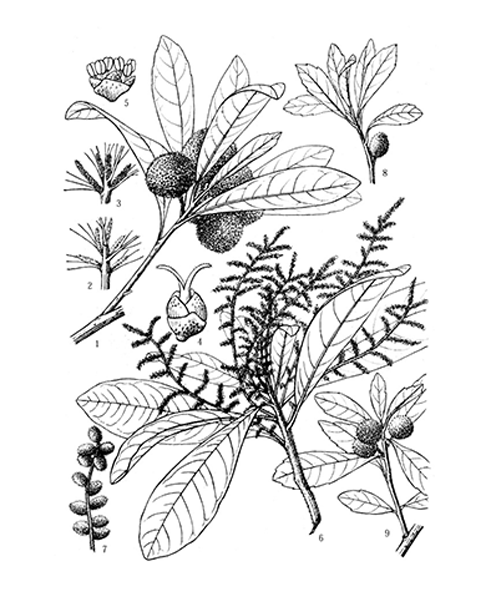
Natural products/compounds from Myrica rubra
- Cat.No. Product Name CAS Number COA
-
BCN6049
Quercetin117-39-5
Instructions
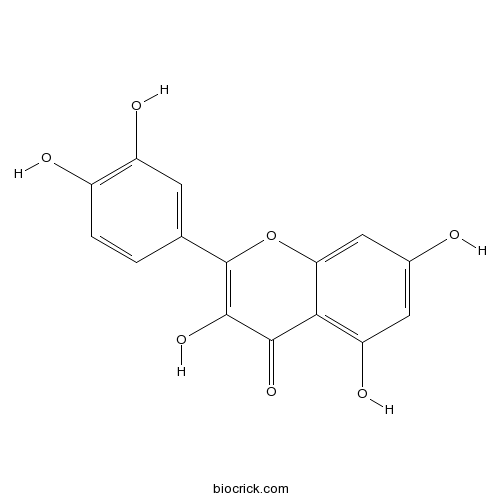
-
BCN6148
Taraxerol127-22-0
Instructions

-
BCN5330
(-)-Catechin gallate(CG)130405-40-2
Instructions
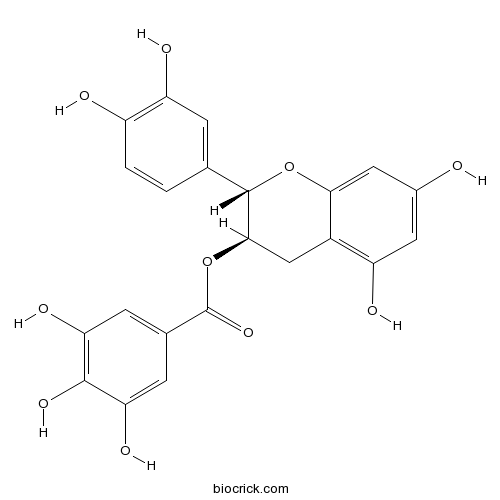
-
BCN1136
Myricitrin17912-87-7
Instructions
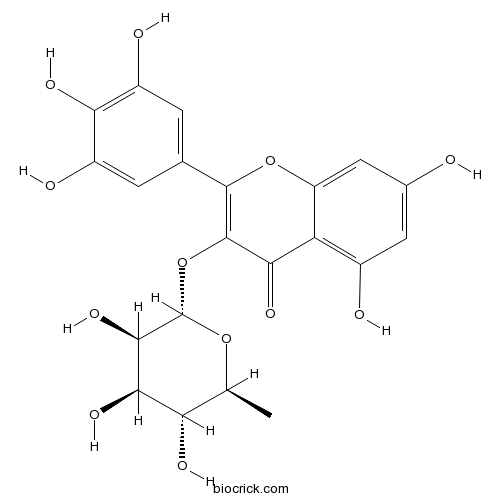
-
BCN5569
Isoquercitrin482-35-9
Instructions
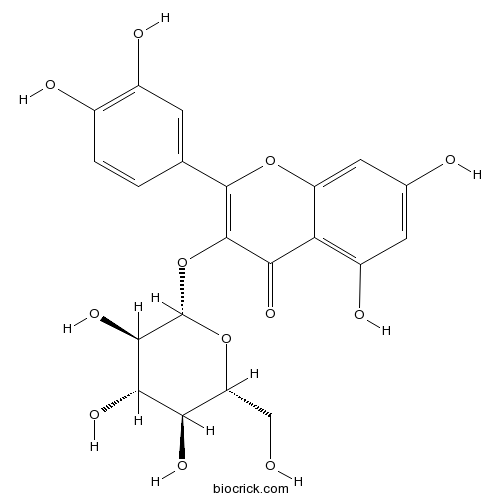
-
BCN5570
Hyperoside482-36-0
Instructions

-
BCN5665
Quercitrin522-12-3
Instructions
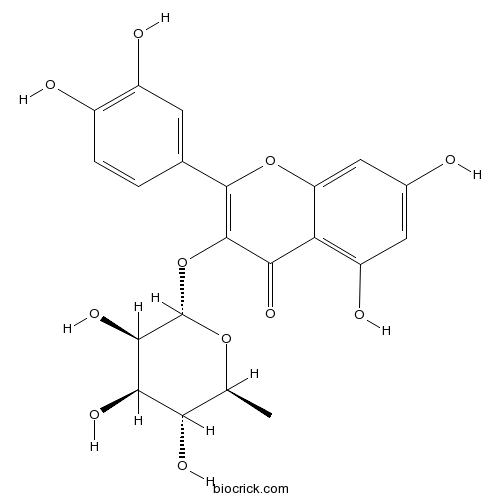
-
BCN5692
Myricetin529-44-2
Instructions

-
BCC4109
Salicylic acid69-72-7
Instructions

Safety assessment, biological effects, and mechanisms of Myrica rubra fruit extract for anti-melanogenesis, anti-oxidation, and free radical scavenging abilities on melanoma cells.[Pubmed: 29460390]
Currently, the cosmetic and medical industries are paying considerable attention to solve or prevent skin damage or diseases, such as hyperpigmentation and oxidation and free radical damage. In this study, the effective compounds in Myrica rubra fruit were extracted and studied the biological effects of these M. rubra fruit extracts.
Host-Tree Selection by the Invasive Argentine Ant (Hymenoptera: Formicidae) in Relation to Honeydew-Producing Insects.[Pubmed: 29329403]
The Argentine ant, Linepithema humile (Mayr; Hymenoptera: Formicidae), is one of the world's most hazardous invasive species, and thus its eradication from Japan is important. Physical and chemical controls can be expensive and cause strong adverse effects on local terrestrial ecosystems regardless of their high efficacy. Here, presence/absence of host-tree selection by Argentine ants was investigated to understand the ant-honeydew-producing insects interactions in order to develop new cultural controls compatible with biodiversity conservation. Abundance of Argentine ants and their tree utilization ratio was measured among dominant roadside trees (Cinnamomum camphora, Myrica rubra, Nerium indicum, Rhaphiolepis indica var. umbellata, Juniperus chinensis var. kaizuka) in two areas around Kobe, Japan. Almost all ants collected were Argentine ants suggesting that native ants would have been competitively excluded. Tree utilization of Argentine ants clearly differed among host trees. Abundance of both Argentine ants and honeydew-producing insects and tree utilization rate of the ants were significantly lower in especially C. camphora and J. chinensis. Few Argentine ants were observed trailing on C. camphora, J. Chinensis, and N. indicum, most probably due to low abundance of honeydew-producing insects on these trees with the toxic and repellent chemical components. On the other hand, high abundance of both Argentine ants and homopterans were found in M. rubra and especially R. indica. We suggest that reductions of R. indica and M. rubra would lead to a decrease in abundance of honeydew-producing insects, and thus effectively control populations of Argentine ants. At the same time, planting of C. camphora, J. Chinensis, and N. indicum may also play a role in restraint efficacy against invasion of the invasive ants.
Dietary compound proanthocyanidins from Chinese bayberry (Myrica rubra Sieb. et Zucc.) leaves attenuate chemotherapy-resistant ovarian cancer stem cell traits via targeting the Wnt/β-catenin signaling pathway and inducing G1 cell cycle arrest.[Pubmed: 29256569]
None
The anti-obesity properties of the proanthocyanidin extract from the leaves of Chinese bayberry (Myrica rubra Sieb.et Zucc.).[Pubmed: 28828418]
The anti-obesity effects of different proanthocyanidin extracts (PE) from Chinese bayberry (Myrica rubra Sieb.et Zucc.) leaves were evaluated in a high-fat (HF) diet-induced obese rat model. The leaves of Chinese bayberry (LCB), a non-desaccharified proanthocyanidin extract (NDPE), and a desaccharified proanthocyanidin extract (DPE) were compared with orlistat, a conventional anti-obesity drug used as a positive control. The rats from all of the PE-treated groups showed obvious weight loss, with the greatest weight loss in the DPE group (P < 0.05). Compared to the HF group, almost all of the PE-treated groups showed significantly reduced levels of serum TC, TG, AST, ALT, ALP, LDL-C, ADP and a LEP/ADP ratio, and increased levels of HDL-C and LEP. Furthermore, the expression levels of SIRT1, PPAR-γ, C/EBP-α, BMP4 and UCP1 were investigated in the liver, kidney, epididymis and abdominal adipose tissue. Compared to the HF group, PPAR-γ and C/EBP-α levels were significantly reduced and SIRT1, BMP4 and UCP1 levels were significantly upregulated in the DPE-treated group. Our results suggested that PE exerted its anti-obesity effects by upregulating the expression of SIRT1, thus inducing the deacetylation of PPAR-γ and downregulating the expression of C/EBP-α, and also upregulating the expression of BMP4 to boost the levels of brown fat.
Study on Chemical Profile and Neuroprotective Activity of Myrica rubra Leaf Extract.[Pubmed: 28737731]
None
The Effects of Selected Sesquiterpenes from Myrica rubra Essential Oil on the Efficacy of Doxorubicin in Sensitive and Resistant Cancer Cell Lines.[Pubmed: 28632185]
None


